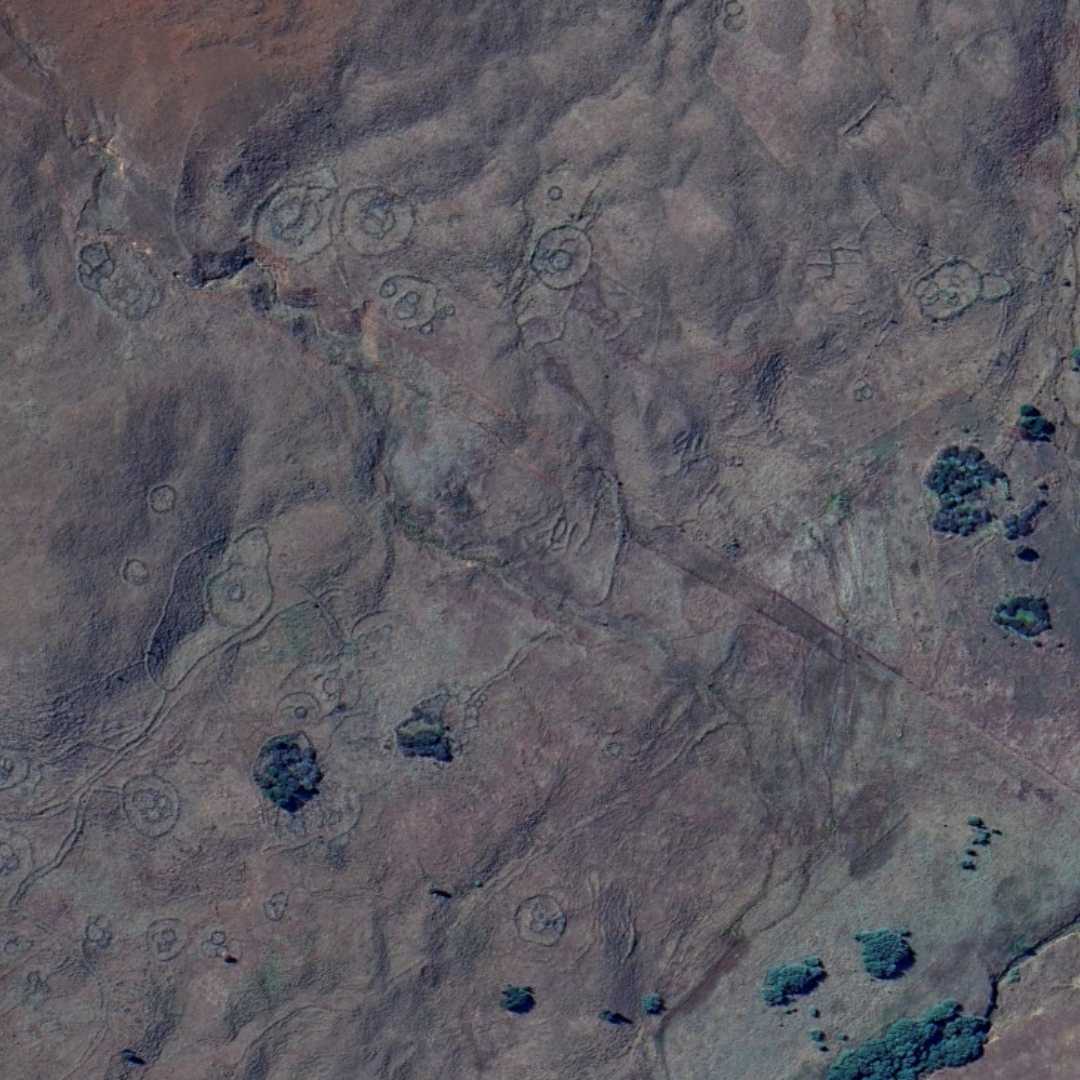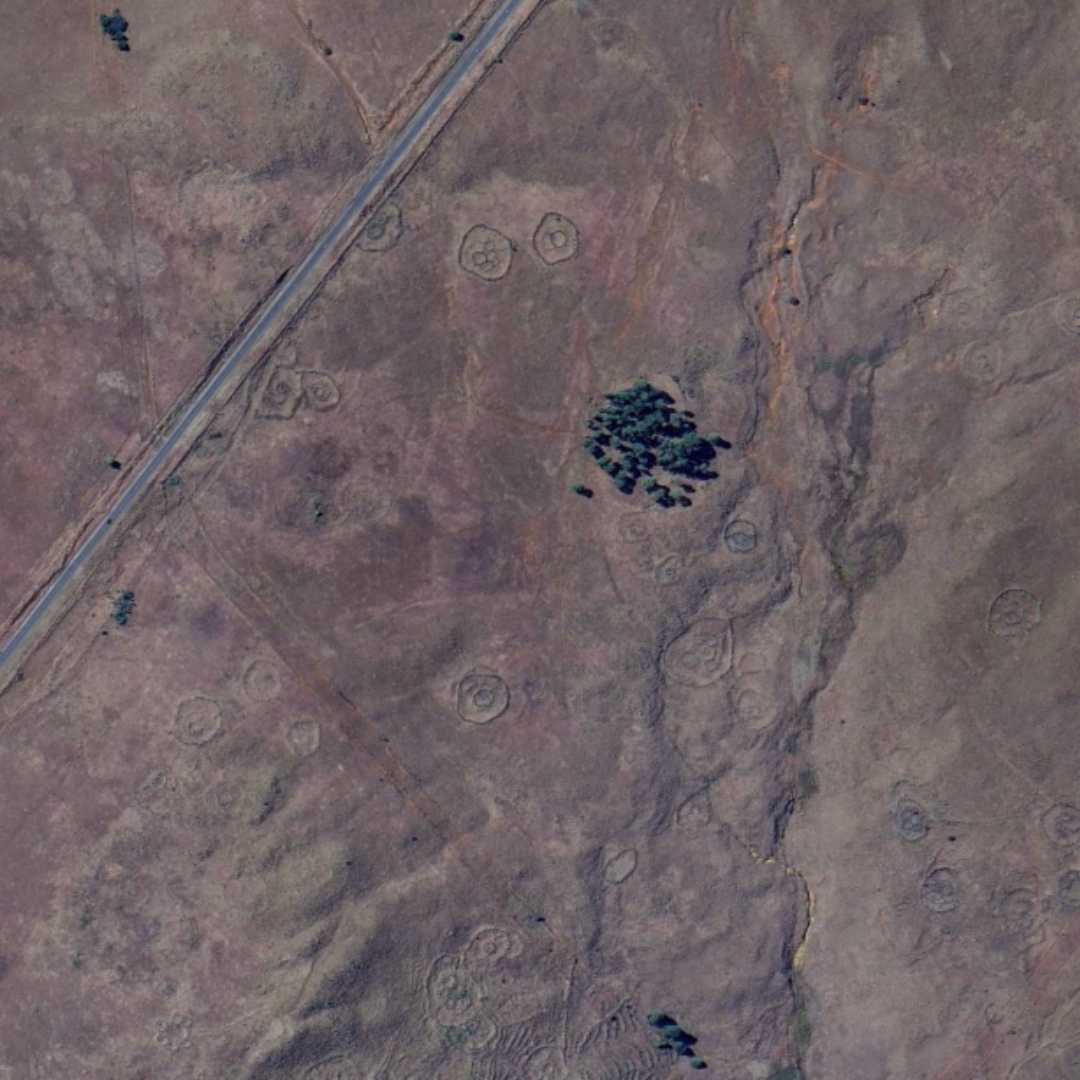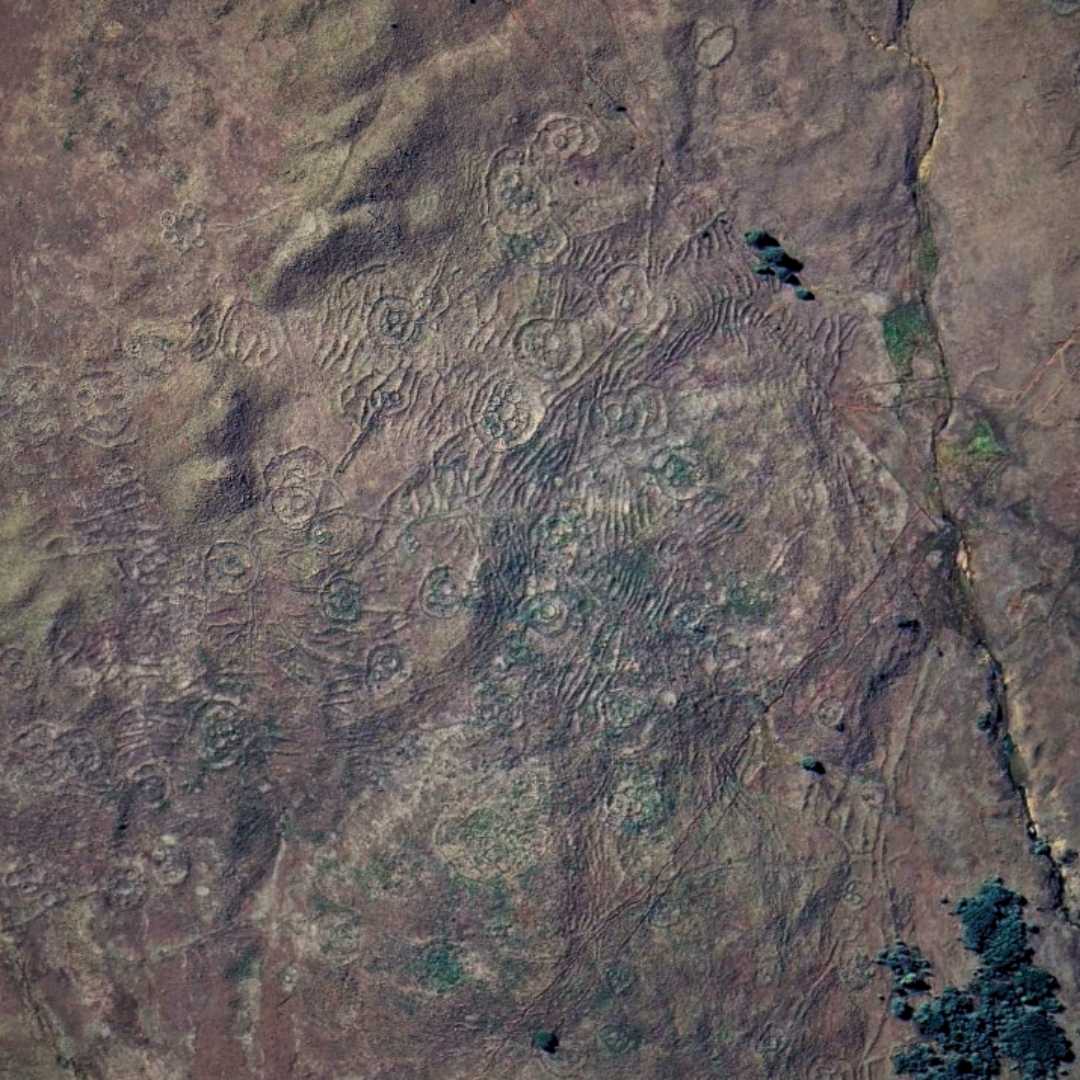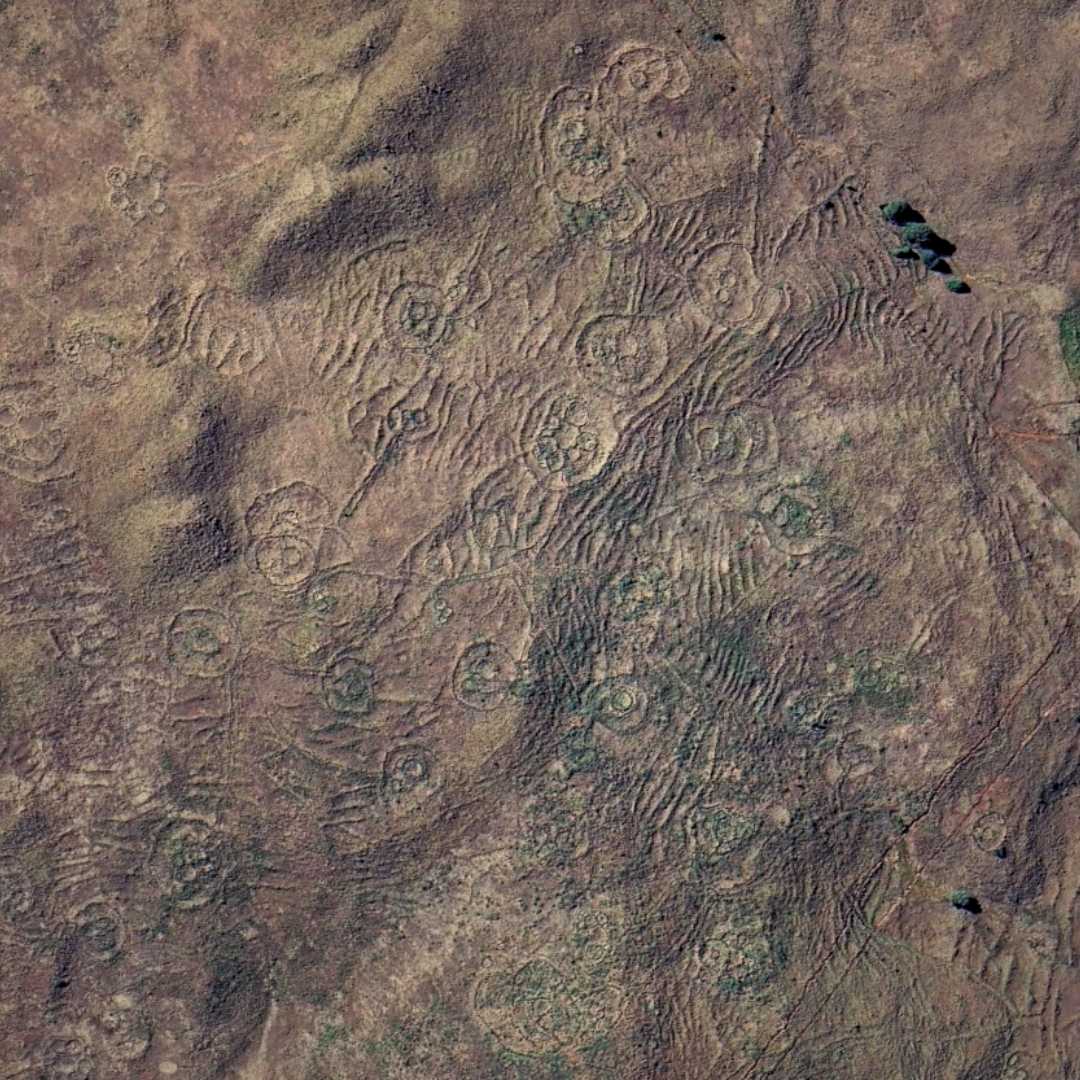South Africa, a country known for its diverse culture and rich history, is home to a lesser-known yet fascinating historical treasure – the Stone Circles. These ancient structures, scattered across the southern part of the continent, are a testament to the advanced civilization that once thrived here. Their mysterious origins and purpose continue to intrigue historians and archaeologists alike.
Get your dose of History via Email

Historical Background of Stone circles of South Africa
The Stone Circles of South Africa are believed to be the remnants of a prehistoric civilization that existed around 75,000 years ago. The civilization, known as the Bantu-speaking people, were advanced in various aspects of life, including agriculture, metallurgy, and astronomy. The Stone Circles, which number in the millions, are spread across a vast area, covering parts of modern-day South Africa, Zimbabwe, and Mozambique.

Architectural Highlights of Stone circles of South Africa
The Stone Circles are not just simple piles of rocks. They are complex structures, meticulously arranged in specific patterns. The circles vary in size, with diameters ranging from a few meters to over 30 meters. The stones used in the construction of these circles are mostly dolerite and vary in weight, with some weighing up to several tons. The stones were likely sourced locally, as dolerite is abundant in the region.
The construction methods of these circles are still a mystery. The precision with which the stones are arranged suggests the use of advanced knowledge in geometry and possibly even astronomy. The circles are often found in clusters, suggesting that they may have served as communal or ceremonial centers.

Theories and Interpretations of Stone circles of South Africa
The purpose of the Stone Circles is still a subject of debate among historians and archaeologists. Some believe that they were used for agricultural purposes, as many of the circles are found near fertile lands and water sources. Others suggest that they served as astronomical observatories, as some circles align with specific celestial bodies during certain times of the year.
Carbon dating methods have been used to estimate the age of the Stone Circles, but the results have been inconclusive due to the lack of organic material. However, the presence of pottery shards and other artifacts in and around the circles suggests that they were in use until the late Iron Age.

Good to know/Additional Information
Despite their historical significance, the Stone Circles of South Africa are not well-known, even among the local population. Many of these circles are located in remote areas and are not easily accessible. However, efforts are being made to preserve these ancient structures and promote them as tourist attractions. The Stone Circles are a testament to the advanced civilization that once thrived in southern Africa and offer a unique glimpse into our ancient past.

These apparently influence gps- and cellphone signals, some say they are amplifying the magnetic field of the planet.
An australian guy even is convinced they were used to drive ‘atomic gold’ (‘molecular’?) out of the ground and were used for advanced mining. His idea is quite controversial tho.. (his name is Shellenberger if i remember correctly).
But they certainly were NOT used for keeping cattle or sheep because they don’t have any entrances/gates (gaps) nor are they anywhere nearly tall enough.
Fascinating topic anyways.
As for the article, Bantus are certainly, not 75,000 years old. Maybe you made a typo and wanted to write 750 years? At least that’s in Bantus range even though they’ve been there longer.
Or maybe you wanted to attribute the stone circles to some ancient group, even there earlier than the Khoi-San groups?.